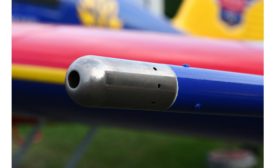Home » commercial buildings
Articles Tagged with ''commercial buildings''
The Difference a Pitot Tube Can Make — Part 1
Robust design results in near-zero maintenance
Read More
Copyright ©2024. All Rights Reserved BNP Media.
Design, CMS, Hosting & Web Development :: ePublishing









